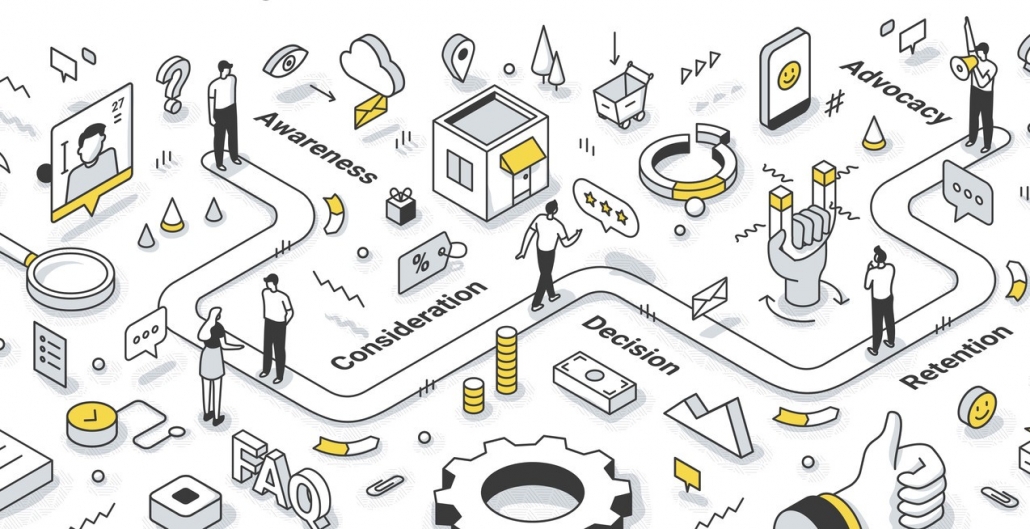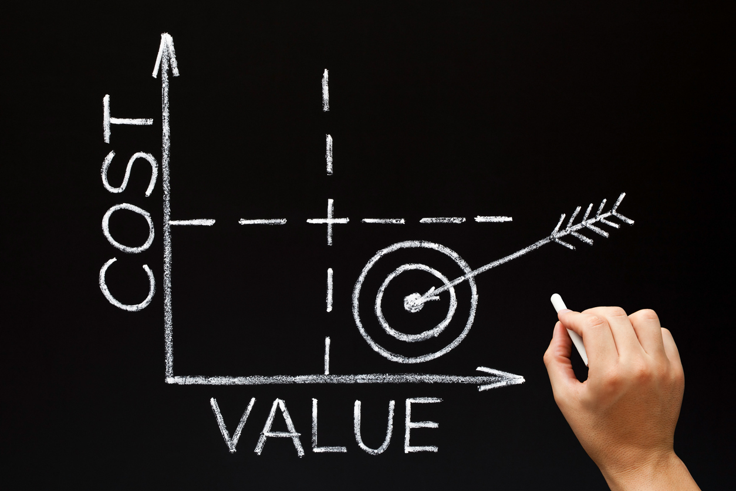Posts Tagged ‘Customer Experience’
Why Map the Client Journey?
Consumers aren’t required to know what it’s like to run your company. But your company needs to know what it’s like to be your customer. As a business owner, you’re tasked with not only creating a profitable model and ensuring efficiency, but also creating a meaningful and satisfying experience for your customers. Your business wouldn’t…
Read MoreThe Vital Role of Customer ROI and Customer Experience
The customer is always right, and in the age of social media, their feedback has a big impact on your business—good or bad. That’s why every business strategy should focus on customer ROI The proliferation of and dependence on the internet has brought many pros and cons for businesses large and small. You can more…
Read More

